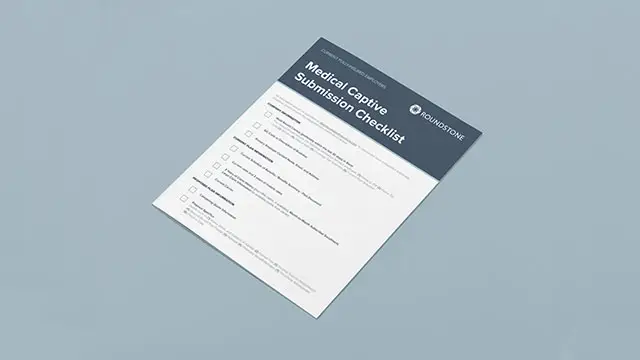It’s always interesting to see how attitudes change over time. Back in 2005, I first proposed the idea of employers insuring their employee health benefits in a group captive. In my view, it was a better alternative than existing insurance solutions, reducing costs while ensuring that employees’ health needs were taken care of. I was convinced that over time, it would be widely adopted and would become a fixture of the industry.
Initially, people didn’t share my perspective. Back then, such an approach was unheard of, and coverage for self-insured employers was less than $10 billion of total health insurance premium. As such, while captive insurance was prevalent for large corporations and some property and casualty lines, no one mentioned captives and health insurance in the same sentence. They were operating on separate plains, and never should the two meet.
With time though, this attitude started to change. After a few false starts with some less-than-perfect group captive products, word got out about the potential of this better alternative for employee health benefits. Looking back, you can see where the mood started to change: in 2010, The Self Funding Magazine published “The Group Captive Meets Medical Expense”, which helped launch the “stop-loss group captive” concept to the wider marketplace. Subsequent publications like Becker’s CFO, Chief Executive, and Captive Insurance Times all shared the growing employer interest in self-funding their employee health benefits with a stop-loss captive.
Today, the stop-loss captive product is estimated to represent $5 billion of the $35 billion in stop-loss premium across all self-funded employers. Thousands of employers throughout the United States now offer their employees health care benefits, funded through a product that was considered strange and unusual less than 20 years ago. Why? Because it’s simply the better option over most other insurance solutions!
A typical insurance captive pools many businesses together, effectively distributing risk and enabling them to self-insure their healthcare benefits with greater confidence. With a stop-loss captive, you gain an added layer of protection, via a three-tiered model: employers pay for healthcare costs up to a specific deductible, share some costs above that deductible across a pool of hundreds of other employers in the captive, and finally, shift costs to a stop-loss reinsurer to cover any catastrophic claims.
Faced with escalating healthcare costs, more employers are demanding solutions like stop-loss captives because the current model is unsustainable. Now it isn’t a matter of deciding if a stop-loss captive product is a viable option for your business, but which product is the right one for you. Of course, having led the way on stop-loss captives, Roundstone has stayed ahead of the game, offering the lowest fixed costs of any captive in the industry (30%) and some of the lowest expense loads for a stop-loss captive available in the industry. Roundstone also prioritizes transparency and employer alignment, ensuring that every step of the process is in the best interests of the employer and their employees.
With healthcare costs rising, employers are seeking ways to take control and offer high-quality benefits at an affordable price. The stop-loss captive approach offers the flexibility, savings, and control employers are looking for, ensuring they can support their employees while keeping costs low. Roundstone was ahead of the curve on stop-loss captives recognizing its value even when others didn’t. Which is why you can count on us to provide the best stop-loss captive product on the market!
Do you want to learn more about how you can drive down the cost of your employee health insurance with a solution that’s guaranteed to save you money?









